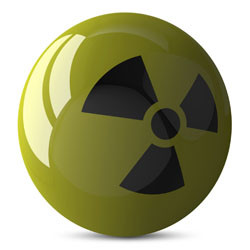New system for detecting radiological threats
SNM is officially defined as plutonium, uranium-233, or uranium enriched with isotopes uranium-233 or uranium-255. The definition includes any other materials that can be used as nuclear fuels and, as such, the danger of SNM proliferation and unauthorised movement cannot be underestimated. However, they are difficult to detect, especially when shielded. To maximise the detection capability for SNMs, the new system is the first of its type to combine fast and thermal neutron detection with detection of photons emitted by the radioactive source. The proof-of-principle of the detector technology had already been demonstrated. Scientists initiated the EU-funded project 'Modular detection system for special nuclear material' (MODES_SNM)(opens in new window) to develop a tested prototype. In the project's two-year lifetime, the MODES_SNM team was able to deliver a cutting-edge technology for testing by end users across Europe. The new mobile system is designed to detect gamma rays and neutrons by means of high-pressure xenon and helium gas scintillators. A key feature of the innovative detection method is a step increase in the capability to discover shielded SNMs over most systems. The MODES_SNM prototype weighs about 200 kg and comprises 8 modules weighing 25 kg each. This modular and mission-configurable system will be less expensive than current radiological detection systems that have significantly fewer capabilities. This is partly because it is not based on the expensive raw material used for fast neutron detectors, Helium-3. MODES_SNM has undergone extensive tests under laboratory conditions to validate its detection performance, as well as possible limitations. As part of the demonstration phase of the project, the new SNM detection system was field-tested at the Port of Rotterdam, the European Commission's Joint Research Centre (JRC), and the Irish tax and customs administration. The development team has also identified airport applications such as screening cargo, staff and passengers. A unique advantage of the MODES_SNM system is its ability to identify materials surrounding a potential threat object. This information is of high value, as it will allow operators to exclude the possibility of a detected plutonium source being a nuclear weapon.



